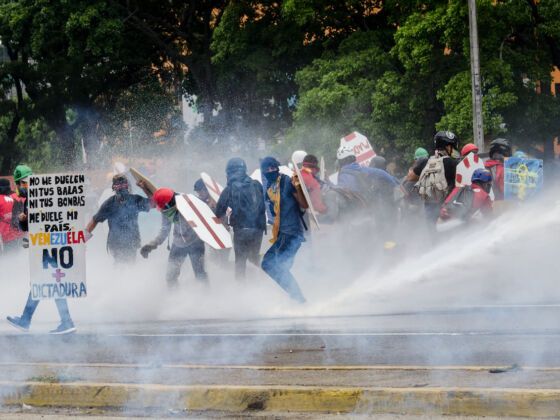Considering that 2017 began with the question, “is it okay to punch a Nazi?”, it should have been no surprise that last year saw unprecedented social upheaval and protests taking place across the globe. It is equally unsurprising that the tone and content of many of these protests both at home and abroad can trace their roots to the immediate aftermath of the election of President Donald Trump.
While many countries saw protests last year, it is certain that no single figure was as galvanizing for political activism across the globe than the US President, who has already triggered new protests in Pakistan after a series of his Tweets suggested that the United States will be cutting aid to the country. It is mainly for this reason that most of the items on this list take place in the US.
